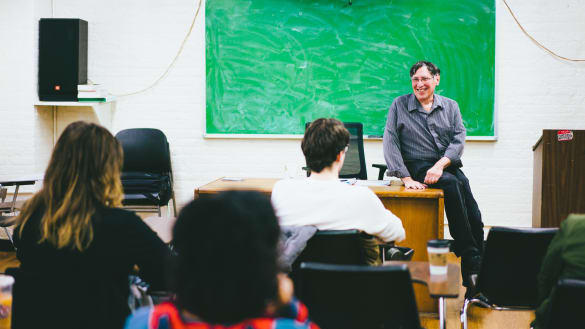Honors Program

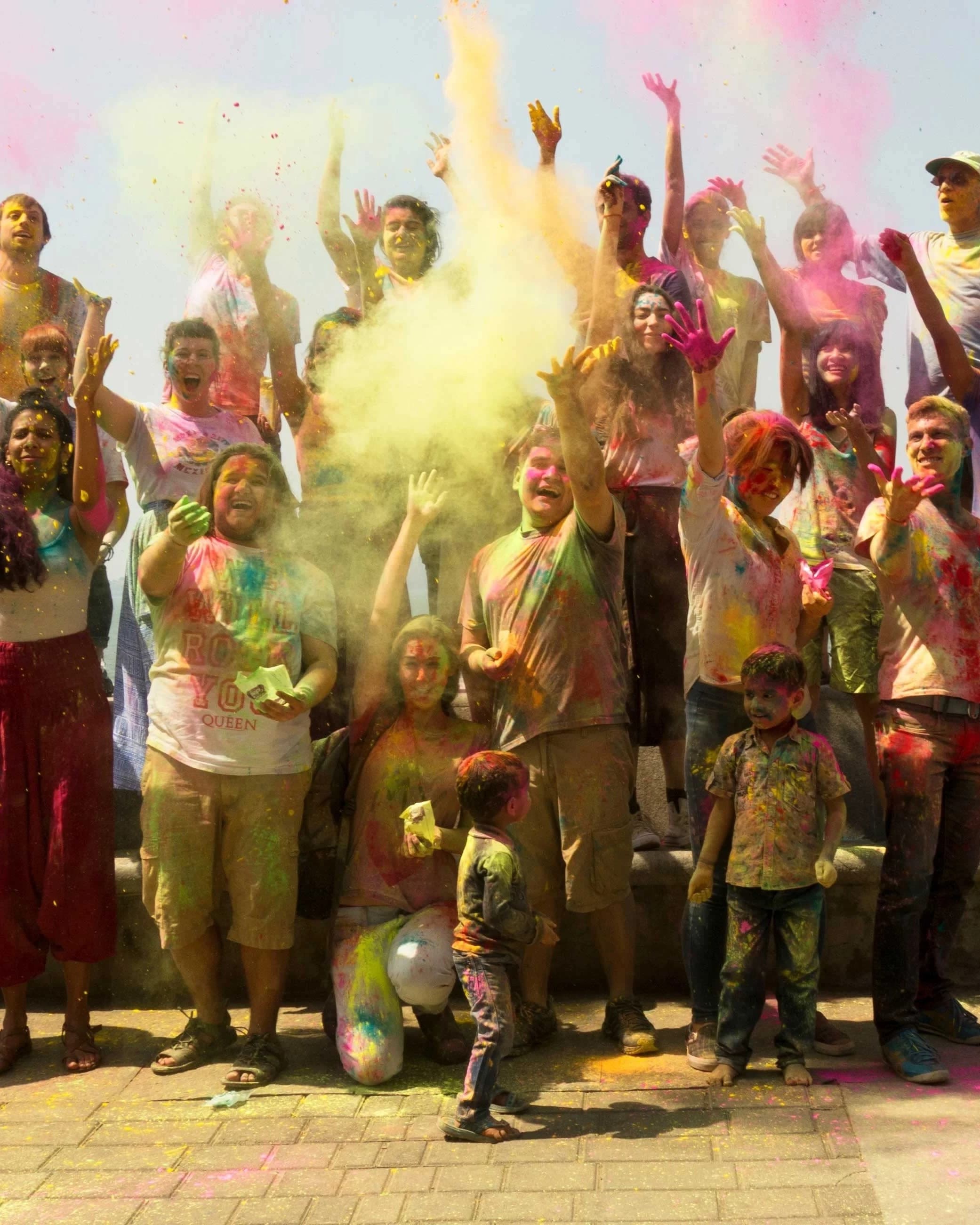
The non-degree Honors Program at School of Visual Arts is a challenging program for artists who seek academic enrichment along with their studio practice.
Designed to bring talented, intellectually ambitious students together to work closely with one another and with specially selected studio and liberal arts professors, this small, interdisciplinary program unites the liberal arts (literature, history, philosophy and art history) in order to focus on the historical and thematic connections among them.
Core Curriculum
First-time freshmen in Advertising; Animation; Comics; 3D Animation and Visual Effects; Design; Film; Fine Arts; Illustration; and Photography and Video who seek academic enrichment and challenge as an adjunct to their studio study are invited to apply to the SVA Honors Program.
Students begin their first year with an examination of modernism and modernity in the four liberal arts courses. This focus grounds students in the known and visible world before the second year's approach to the historical, artistic and intellectual origins of modernity.
Completion of the first two years of the program fulfills the majority of humanities and sciences and art history requirements, giving Honors students additional elective choices in their junior and senior years.
Selected courses include “History and Theory of Modern Art,” “Modern Philosophy,” “Scientific Subjectivity: Psychology, Sociology and Anthropology” and “Environmental Economics.”
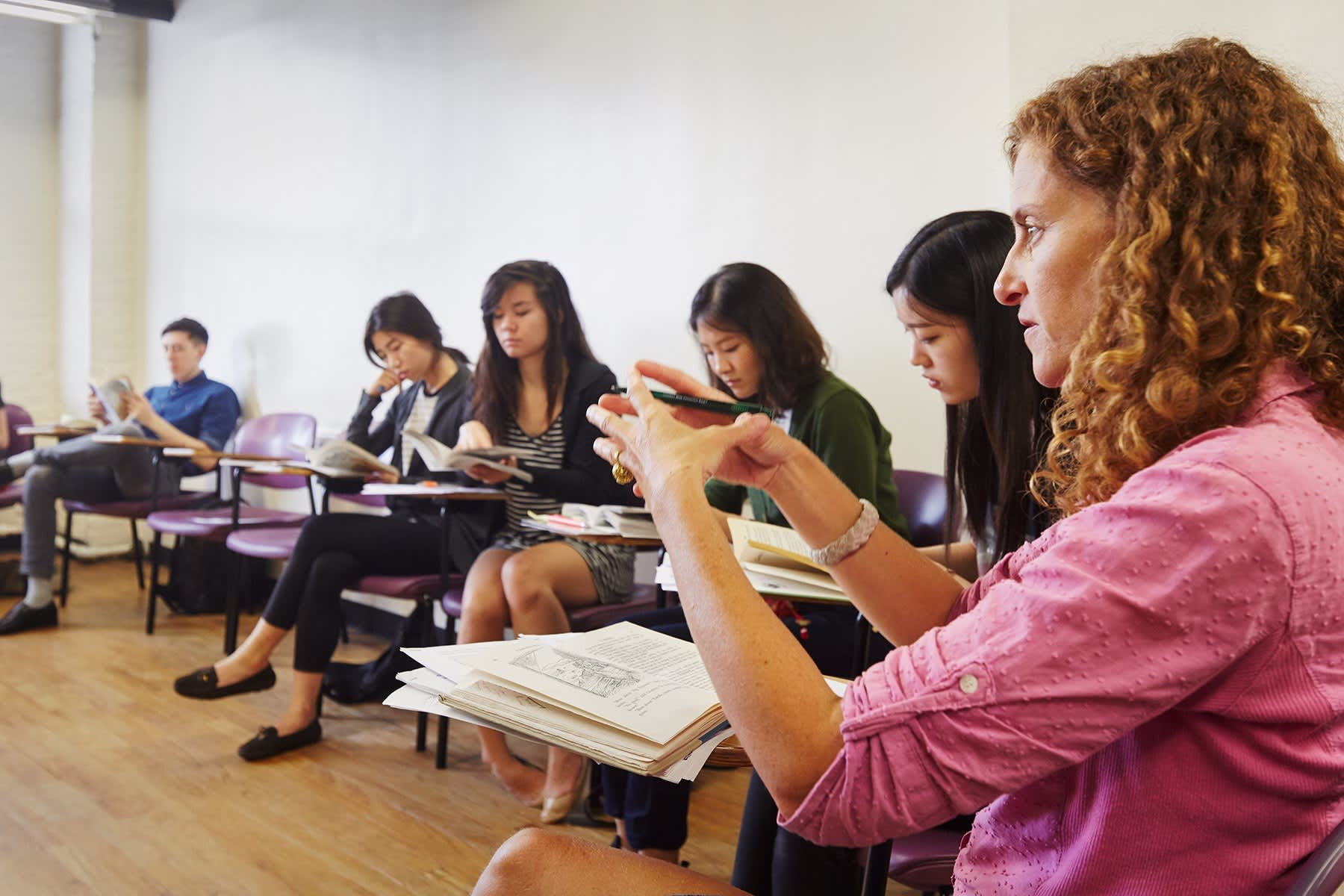
Library & Events
The Honors Program boasts a small, but comprehensive library that includes books and periodicals on art history, philosophy, political history, literature and literary criticism. Shared with the Visual & Critical Studies Department, the library includes a private kitchen, computers and printers, and an inviting atmosphere for students to read, write, and study.
Honors study is augmented by public and private lectures, museum visits and events at artists' studios and theaters; the third-year art history and science colloquium (the latter offered in conjunction with the American Museum of Natural History); and a spring recess trip abroad in the third year.
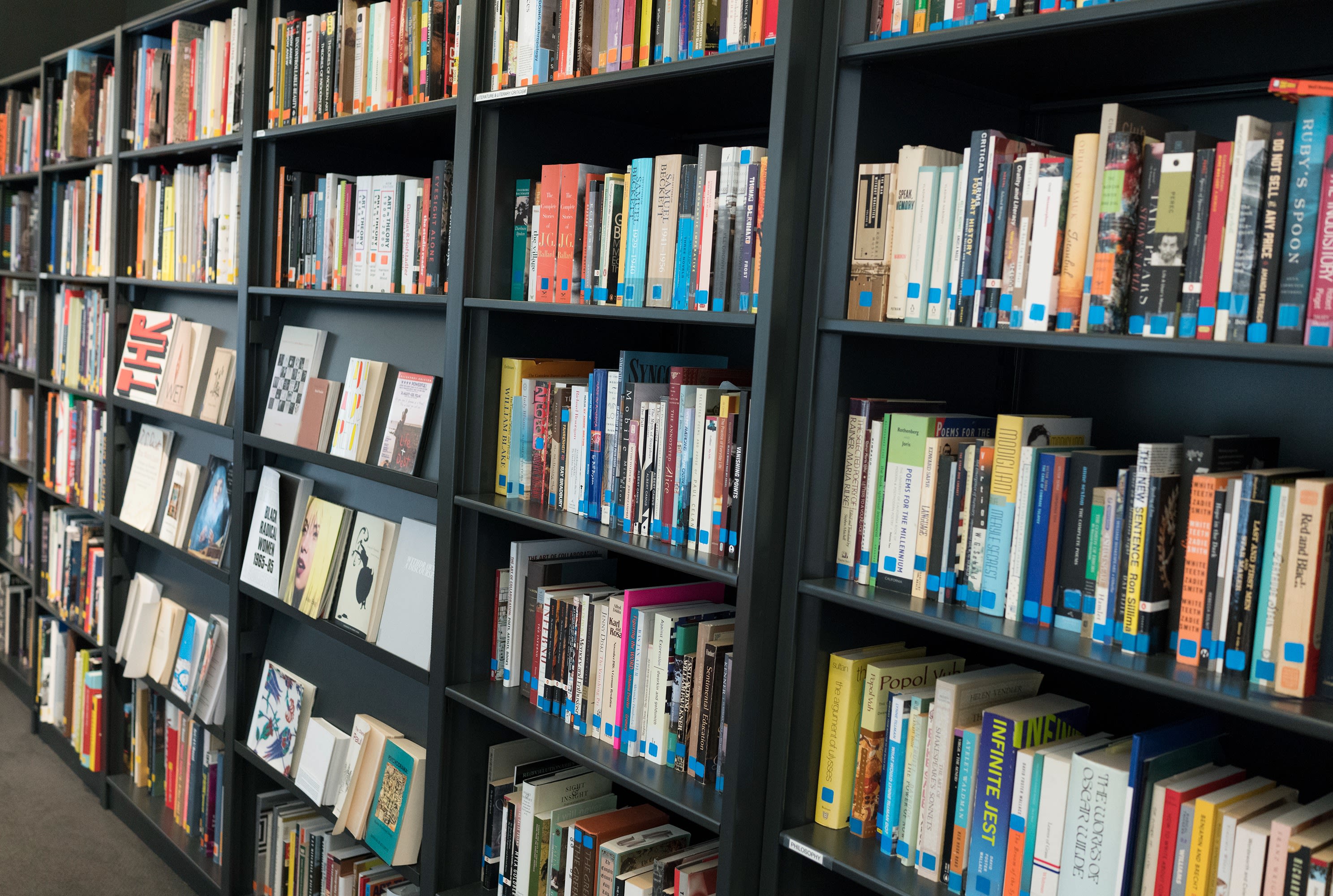

How to Apply
First-time freshmen in Advertising, Animation, Comics, 3D Animation and Visual Effects, Design, Film, Fine Arts, Illustration and Photography and Video who seek academic enrichment and challenge as an adjunct to their study are invited to apply to the SVA Honors Program.
Applicants interested in the Honors Program should submit the Honors Program “Why Art?” essay along with the rest of their BFA application materials by February 15, 2025.
Students may also submit their Honors Program materials electronically to honors@sva.edu in PDF format.
Please Note: Only students invited to participate in the Honors Program will receive an invitation letter in March.
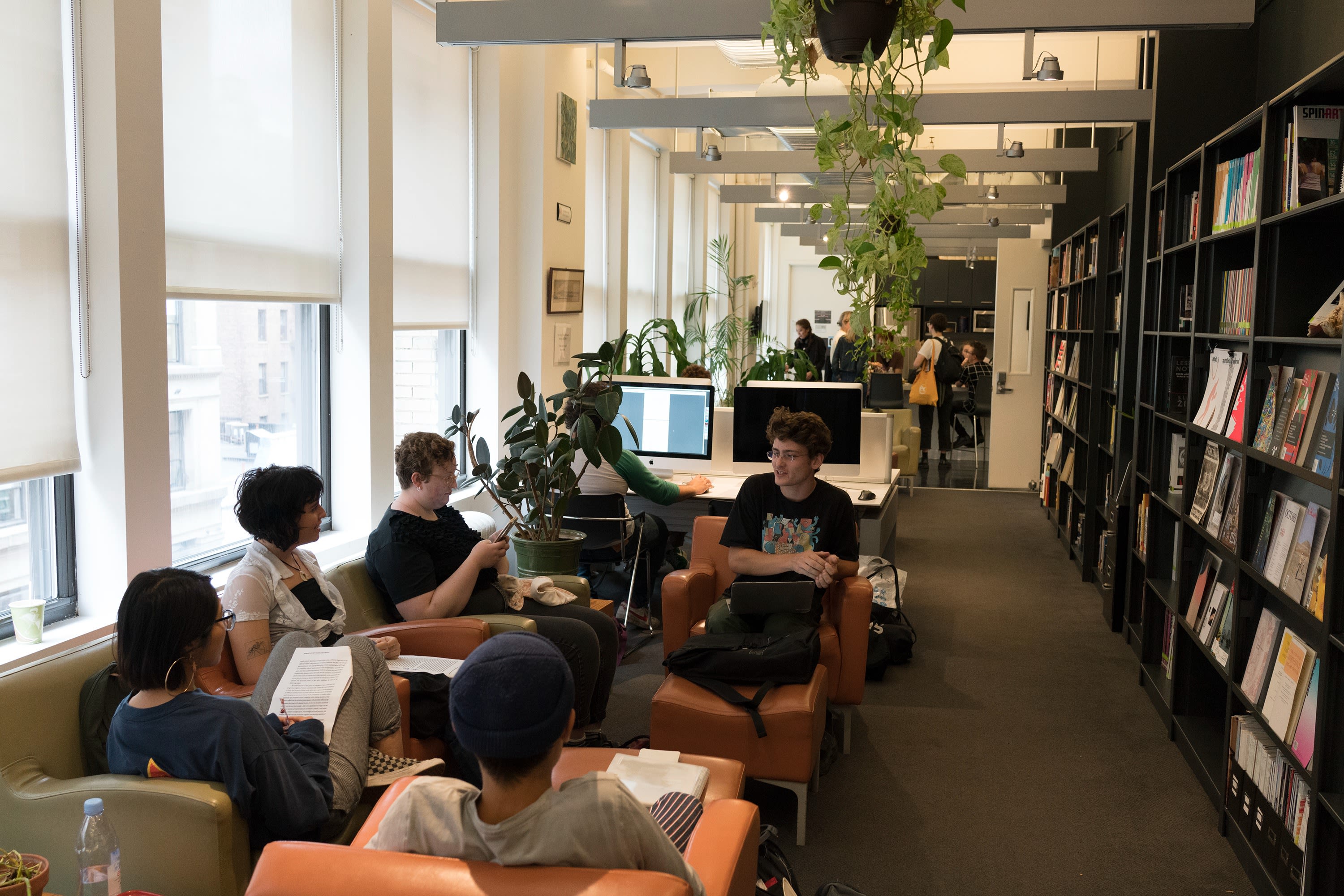
New York, NY 10011
